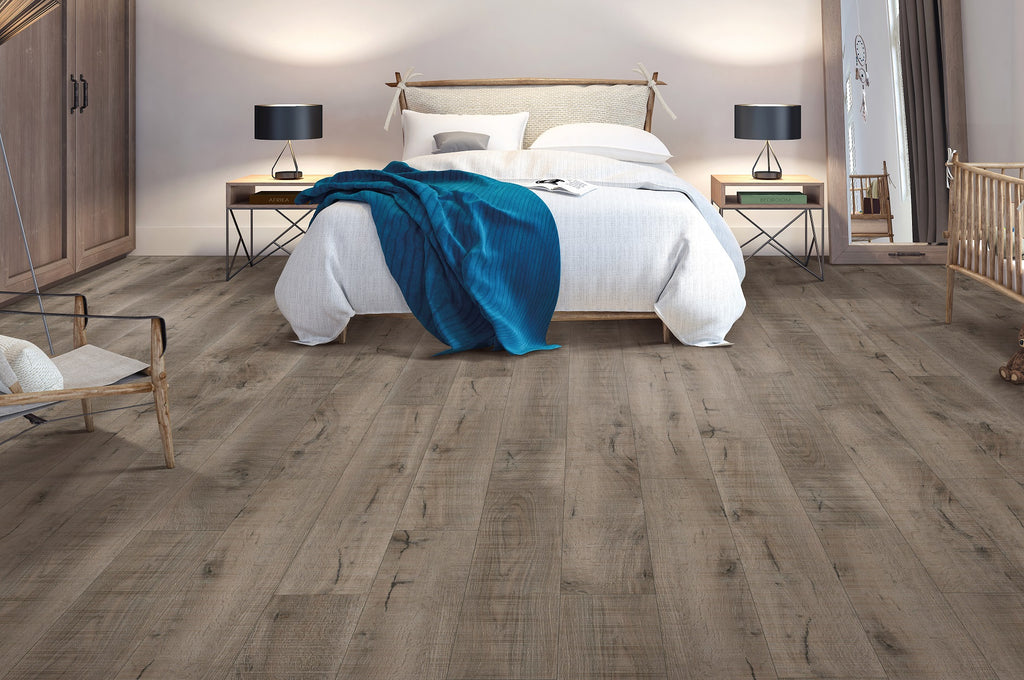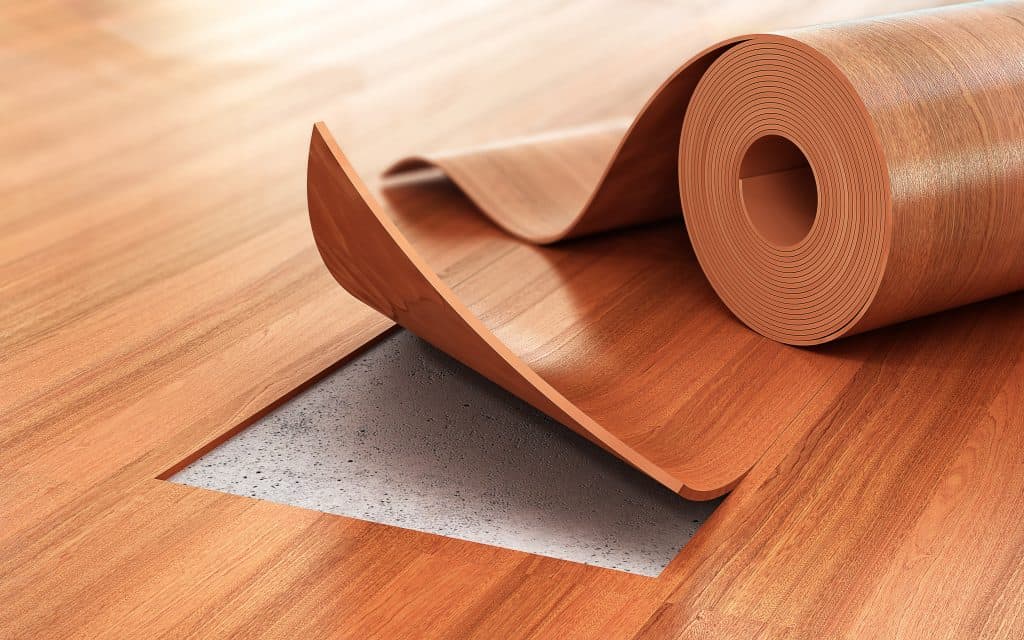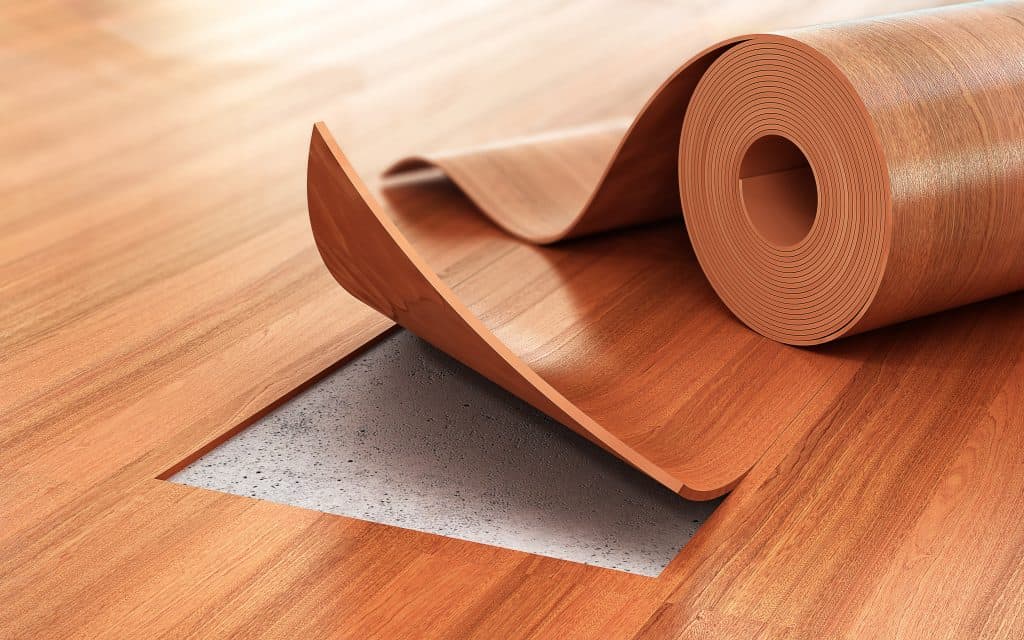You may need a few days to adjust to a new time zone or climate when entering a new city. The same can be said for floors. An adjustment process such as this is known as acclimation.
It is good to know if vinyl flooring should be acclimated in your home and prepare accordingly if you plan to install one. Here are the most important things you should know about flooring acclimation.
Flooring Acclimation: What Is It And Why Is It Important?

The acclimation process for flooring is an essential component of pre-installation. By doing this, your flooring materials will be able to acclimate to their new climate and environment before they are installed. What is the importance of this?
The core of vinyl flooring is highly porous and has a high density. As a result, air passes through the material, which results in a high level of humidity. Your vinyl may expand or contract depending on the amount of moisture in your home.
The vinyl will start to exhibit problems hours or even days after installation if it is not properly acclimatized before installation. When the vinyl shrinks, it will cause the planks to pull apart, resulting in gaps between them.
When the vinyl expands, the planks will push together, get stuck, or buckle, causing unevenness on the floor and an unpleasant walking experience. You may also void your warranty if you install the product before the acclimation process has been completed.
It is possible to avoid these problems, however, if you wait for the materials to acclimate to the environment. The completion of this pre-installation step will ultimately enhance the lifespan of your flooring.
Types of Vinyl Flooring
There are a variety of vinyl flooring options available in the market. It is important to understand the differences between them in order to select the right material for your home and to understand the acclimation process.
Vinyl Plank
Does vinyl flooring require acclimatization? There are several types of vinyl flooring available, but vinyl planks are one of the most common and popular. This type of flooring is stylish, affordable, scratch-resistant, water-resistant, and relatively straightforward to install. Their design is aimed at ensuring durability and they are made to resemble hardwood without the need for upkeep.
Vinyl Sheets
In general, vinyl sheets are available in rolls ranging in width from six to twelve feet. To install the sheets, the sheets must be trimmed and cut to fit the room. There are many colours to choose from and they usually have a fiberglass core.
SPC Vinyl
A stone plastic composite (SPC) vinyl floor, also known as rigid core vinyl flooring, is a revolutionary advancement in vinyl flooring that is highly water-resistant. Moreover, it is incredibly durable, scratch-resistant, low maintenance, and very easy to install.
WPC Vinyl
The WPC vinyl is similar to the SPC vinyl except that its core is made from a wood-plastic composite as opposed to a stone-plastic composite. Because of this, the material is water-resistant and scratch-resistant. You can get the look and feel of natural hardwood while maintaining its durability and water resistance by using this WPC vinyl flooring.
What Type Of Vinyl Flooring Needs To Be Acclimated?

Almost all vinyl products require acclimatization prior to installation, since they are highly porous and expand and shrink depending on their environment. In other words, regardless of whether you have vinyl planks, vinyl sheets, SPC vinyl, or WPC vinyl, the material must be given time to acclimatize to its new surroundings.
While the expansion and contraction may not be noticeable to the naked eye, they make a significant difference to the performance of your flooring once it is installed. As a matter of fact, this is not limited to vinyl. You will need to allow the flooring materials time to acclimate, regardless of what type of flooring you select. Different materials require different periods of acclimation.
How Long Does Vinyl Flooring Need to Acclimate?
You should allow vinyl flooring to sit in the open air for at least 48 hours in the room where it will be installed before beginning the installation process. Air and humidity will have ample time to circulate, and the vinyl will have a chance to expand and contract fully.
How Does the Flooring Acclimation Process Work?

Place the materials in the room where the installation will take place as soon as you have them on hand. If you plan to install vinyl in more than one room, make sure you have the appropriate materials in each room. The humidity and air quality may differ slightly from room to room, so you should ensure that they are in the correct environment.
The acclimation process is much easier if you remove the materials from the box they were packaged in. They can be stacked or laid out individually; the difference in the arrangement will not significantly affect the acclimation process. It is important that you maintain a comfortable temperature in your home between 59 and 80 degrees Fahrenheit while the installation process is underway.
Other flooring blog articles you may want to read:
WHAT YOU NEED TO KNOW BEFORE BUYING VINYL FLOORING
WATER-RESISTANT LAMINATE FLOORING
